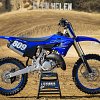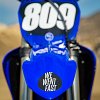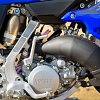The bike was showroom clean, the track prepped and smooth, gear crisp and unstained and I had that can't-wait-to-get-out-there feeling in my bones. Yet, I rode up to the fence line and froze.
I hit the kill switch, sat atop the 2022 Yamaha YZ125 and absorbed what was happening around me. Nervous? Absolutely. The dozen other riders on identical bikes had scrambled faster than me to get on the track, to carve those first lines into the loamy hazelnut-butter-colored soil.
The number of AMA Pro licenses circulating the track was as thick as a deck of cards. My own pro card has literally sat in a box for 25 years and it didn’t get much use in 1997 anyway. I’m now a 40-something vet rider who gets on a track two times a year, max. Or the occasional urban railyard. I wasn’t even close to being on par with this crew of riders, which included Damon "The Beast from the East" Bradshaw, recent AMA Motorcycle Hall of Fame inductee Ryan Villopoto, current pro Carson Brown, X Games gold medalist Jarryd McNeil and a handful of magazine test riders who once made their living racing.
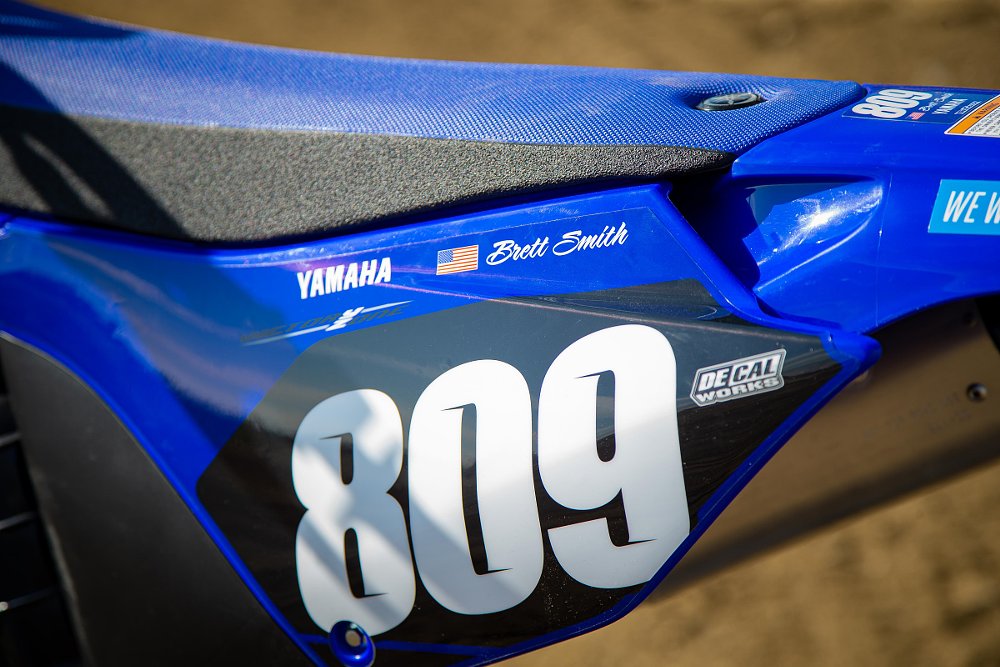
I needed a few minutes to gather my thoughts and steel myself before I became a human berm for them. I listened, looked around, and realized the rarity of the situation. For the entire day, there would be nothing but the sound of 125 two-strokes in the air. It was the mid-1990s. I was 16 again. I may have even hummed a Pennywise tune. When I felt I’d fully appreciated the moment, I gave the start lever a swift kick and motored up the superspeedway-steep banked first turn of Glen Helen Raceway’s national-caliber motocross course.
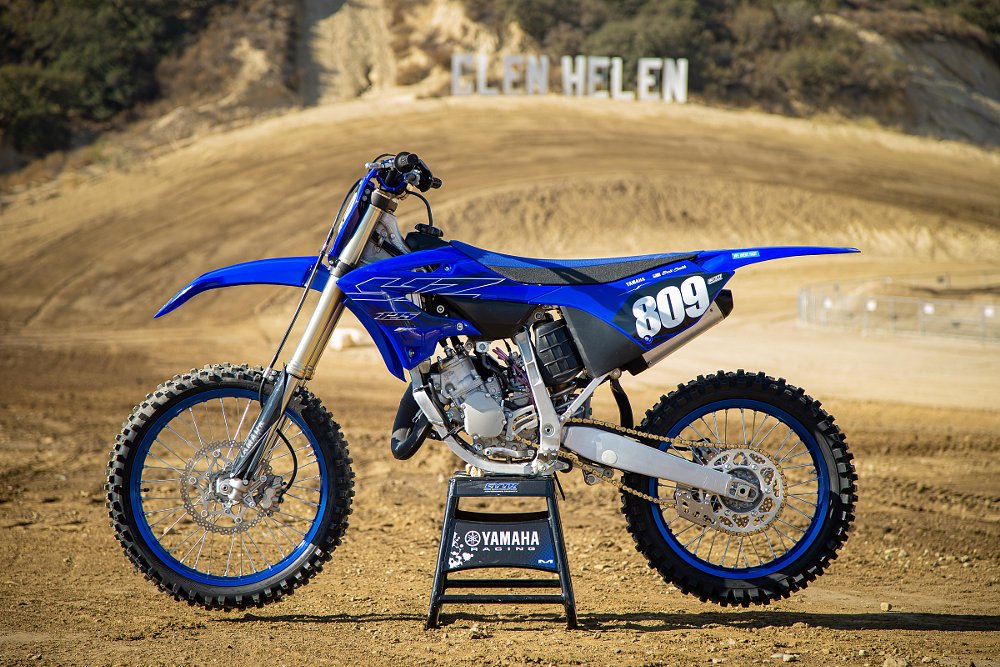
Long live two-strokes
In the summer of 2004, I watched the 125 two-stroke take its last breaths as a viable competition motorcycle in AMA Pro Motocross. Breaths (plural) because James Stewart made his Kawasaki KX125 beg for mercy and because nearly every other rider on the 40-man gates had switched to 250 four-strokes by that season. Stewart won 21 of the first 22 motos that year on a 125 and then raced Kawasaki’s KX250F at the final event. He embarrassed the competition, winning the final moto by 68 seconds.
Within a few years, Honda, Suzuki and Kawasaki quit producing two-strokes. Full stop. The 125 is now a novelty at the professional level of AMA Supercross and motocross. More popular than kidney belts but less popular than mullets and mustaches.
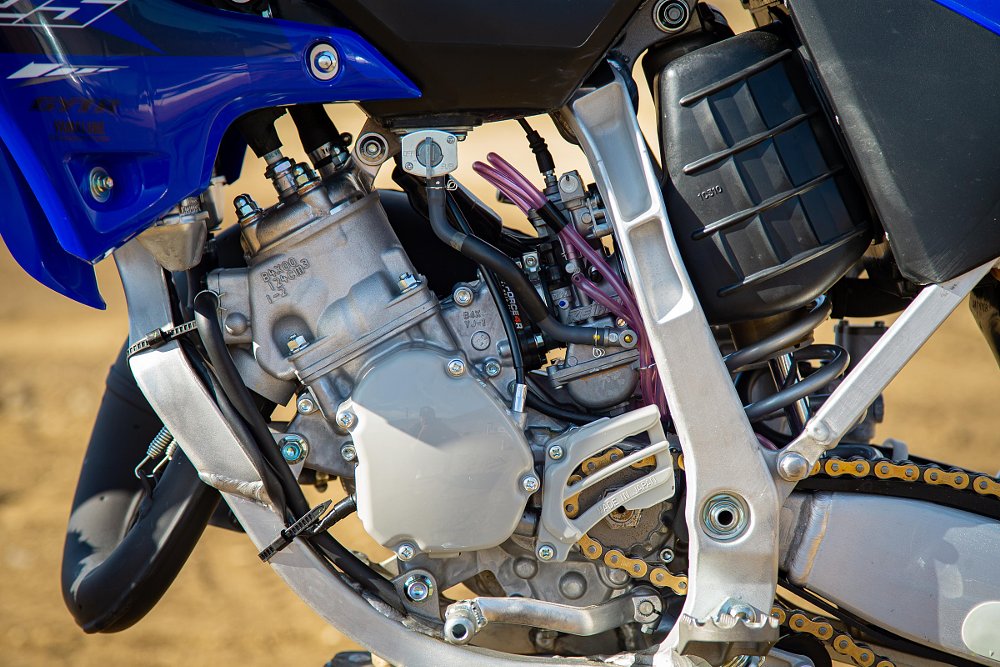
Nearly two decades after the era of Stew, Yamaha is the only Japanese OEM making a two-stroke motocross bike and for 2022, the YZ125 got its first major overhaul since 2005, three years before MySpace.com hit its peak. The YZ125 is a core part of Yamaha’s off-road model legacy. They’ve produced it, uninterrupted, for 49 years.
This is where I’m supposed to tell you about all the big changes the engineers made during the model’s three-year-long development period. I'd be lying to you and wasting your time if I tried to offer my opinions on technical matters. Do you really want to know my thoughts on the 15 percent reduction in airflow resistance? Or the increased combustion efficiency? Or that the crank assembly has a connector rod that is eight millimeters longer, which helps with stronger acceleration at mid to high rpm?
I appreciate the attention to detail from the engineers and how they’re still, after five decades, finding the motivation and methods to keep improving a bike that isn't going to win any high-profile events (at least not with four-strokes belching around out there). I’m also not a skilled enough test rider to notice the 21 percent increase in rotational flywheel inertia.
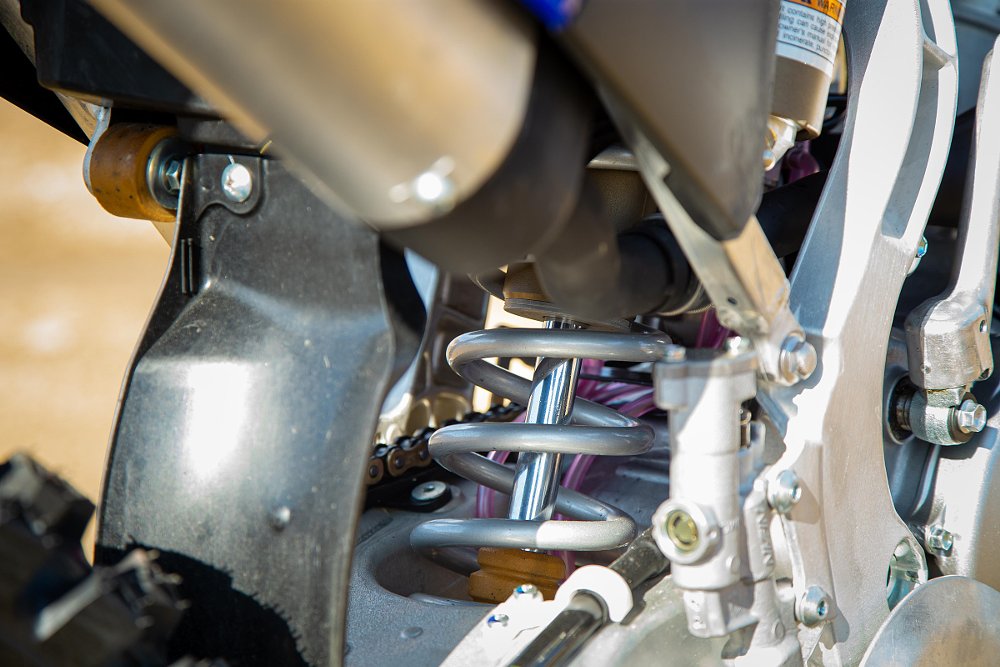
But here's what I can explain: 125s are not just for nostalgia. They're not a gimmick to come out only once a year like bad Christmas sweaters at holiday parties. And they’re not just a stepping stone for kids looking to fill the gap between an 85 cc mini and 250 four-stroke, which, within the YZ family, is a 73-pound weight gain. I recently spoke to a magazine editor and a management-level employee at a competing OEM who both have 125s in their garages that they bought with their own money. They said those bikes get loaded into the back of their truck more often than the others. They cite the same thing I noticed: They don’t tire as easily while riding them. They're on the track more and sitting on the tailgate less.
Before you scoff, challenge your beliefs that bigger is better or that 125s are only for riders who weigh less than 150 pounds. I watched several riders close to 200 pounds climb Glen Helen’s long and steep hills with ease and they all came off the track with ear-to-ear grins.
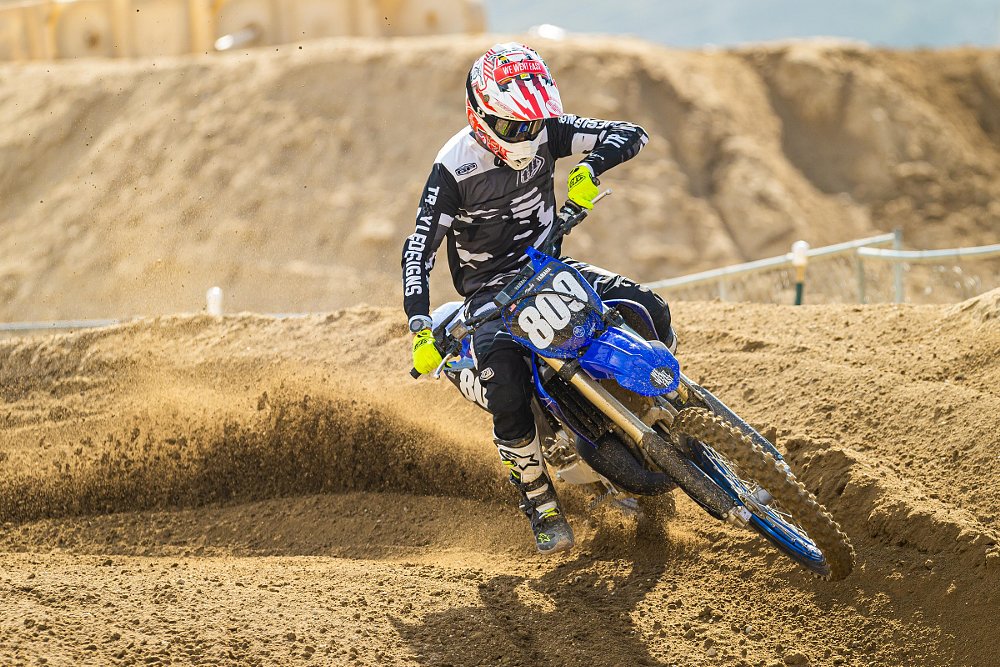
It’s all in the shifts
After a few laps on the YZ125 my self-conscious feelings of being the slowest rider on the track went away because I was so focused on the moment and enjoying the bike. I put in a lot of laps because my arms and legs didn’t fatigue like they do with 250s and 450s. It wasn’t until I went back to the truck after 30 minutes and put the bike on the stand that I could feel the tingly sensation in my hands and the tightness in my right arm. These are the feelings you get when you put in more laps in one day than you have in the past year.
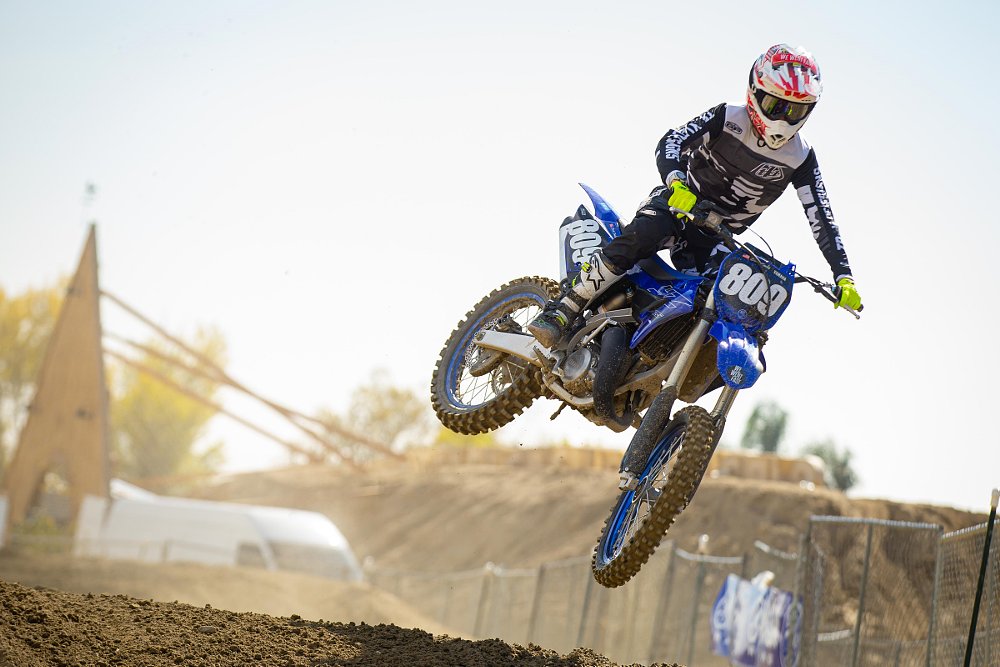
I don’t want to come across as an overeager cheerleader for two-strokes. So, here’s a caution: Two-strokes, especially 125s, are not for riders who want a passive riding experience. You have to shift them. A lot. They want to be shifted. That becomes easy once you develop (or redevelop) that habit. I enjoy the work it takes to enter and exit a corner with style and speed and maintained momentum. Mastering that challenge is part of the fun. For me. Some people might get frustrated by extra work.
During my third session on the course, I paid close attention to the transmission and where I was in the gearbox. Once I accepted the fact that I simply lacked the skill (or courage) to carry enough momentum for third gear through tight ruts and berms, cornering became easier and much more pleasant. I knew to downshift two to three times coming into each corner.
My confidence got another boost when Damon Bradshaw admitted he had the same problem. Except he wanted to blast through turns in fourth gear. Which makes sense for a guy who, at 16, rode his factory YZ125 so hard the exhaust pipe turned an unnatural tint of blue. In 1989, Bradshaw won the 125 cc East Region Supercross Championship and came within three points of winning the 125 cc AMA Pro Motocross Championship. He moved up to the premier class in 1990, won a whole lot of races, now serves as a brand ambassador and couldn't remember the last time he rode a 125 on a motocross track. At Glen Helen, he made a hefty dent in the 40 gallons of fuel burned amongst the group. After one session, while removing his goggles and gloves, he looked at Villopoto and said, "Dude, the roost feels so good you just want to open your mouth!"
Bradshaw got faster through the day. They all did. Even me! At one point, Bradshaw, Villopoto, Brown and a South African named Caleb Tennent linked up in a game of follow the leader. The sound of four 125s in a line going the same blistering speed brought everyone who wasn't riding away from the taco buffet or off the box van bumpers to trackside where they could fully appreciate what was happening; three different generations of motocross athletes blasting berms and pushing the capabilities of an eighth-liter machine.
"When you don’t do something for a really long time," Bradshaw said later, "you forget how fun it is."
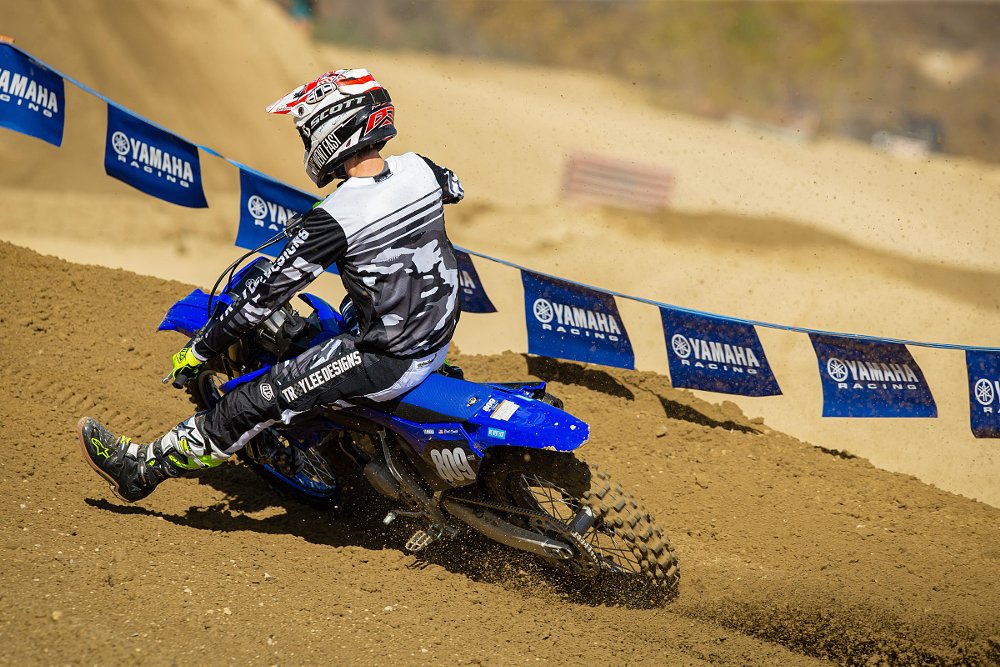
What’s the verdict?
You’re still waiting for me to tell you how much better the 2022 model is over the 2021, aren’t you? First, though, what kind of rider are you? If you're like me and just want to have some fun on the track or trails, the differences won't alter much the rating on your inner fun meter. I rode the 2021 model at a West Virginia motocross track in August and it took me until September to stop smiling about it. Yamaha simply makes a fun 125 and at $6,899 (for the 2022 model), you can buy one plus upgrade your entire gear bag and still not get in as deep financially as your 450-riding friends.
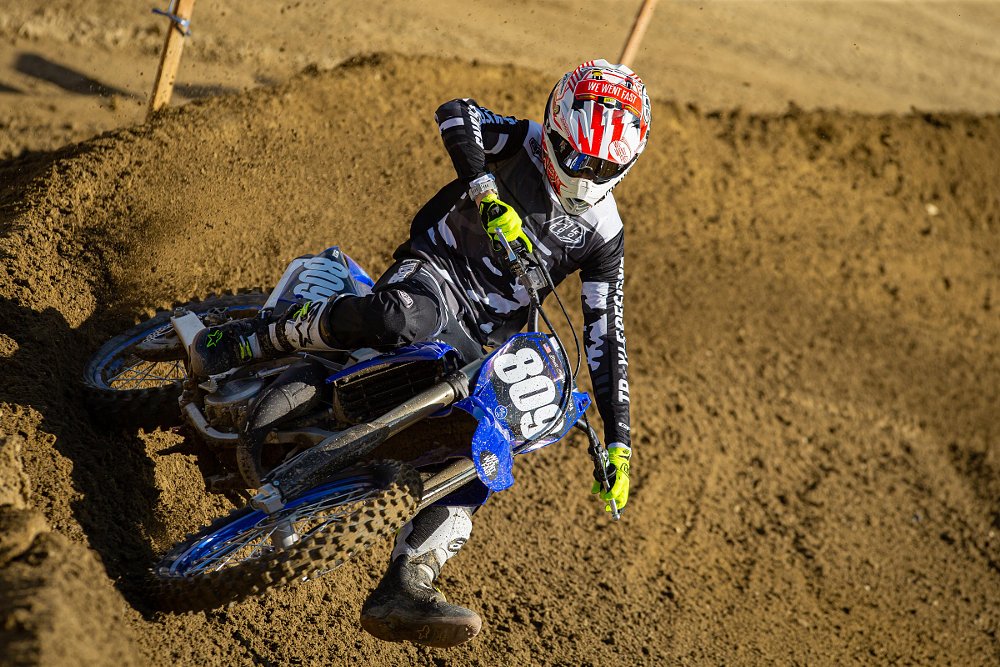
But if you’re planning to race a 125, the 2022 certainly offers a better edge, especially on today's courses, which are cluttered with four-strokes. Yamaha could just keep offering the market the same bike over and over again. And they’d probably sell them all because there are enough riders out there who want to feel 16 again.
Some of us, however, figured out a long time ago that a 125 is the perfect machine for what we want out of our riding experiences. Even at 30, 40 or 50-something years old. It’s a bike that never feels like too much, yet it is always enough. And we’re thankful that a few companies still make them.
| 2022 Yamaha YZ125 | |
|---|---|
| Price (MSRP) | $6,899 |
| Engine | 125 cc, liquid-cooled, reed-valve two-stroke single |
|
Transmission, final drive |
Six-speed, chain |
| Claimed horsepower | NA |
| Claimed torque | NA |
| Frame | Aluminum semi-double cradle |
| Front suspension | KYB fully adjustable inverted fork; 11.8 inches of travel |
| Rear suspension | KYB fully adjustable shock; 12.4 inches of travel |
| Front brake | Single 270 mm disc |
| Rear brake | Single 240 mm disc |
| Rake, trail | 26 degrees, 4.3 inches |
| Wheelbase | 56.9 inches |
| Seat height | 38.6 inches |
| Fuel capacity | 1.8 gallons |
| Tires | Bridgestone Battlecross X20, 80/100-21 front, 100/90-19 rear |
| Claimed weight | 209 pounds |
| Available | Now |
| Warranty | 30 days |
| More info | yamahamotorsports.com |






